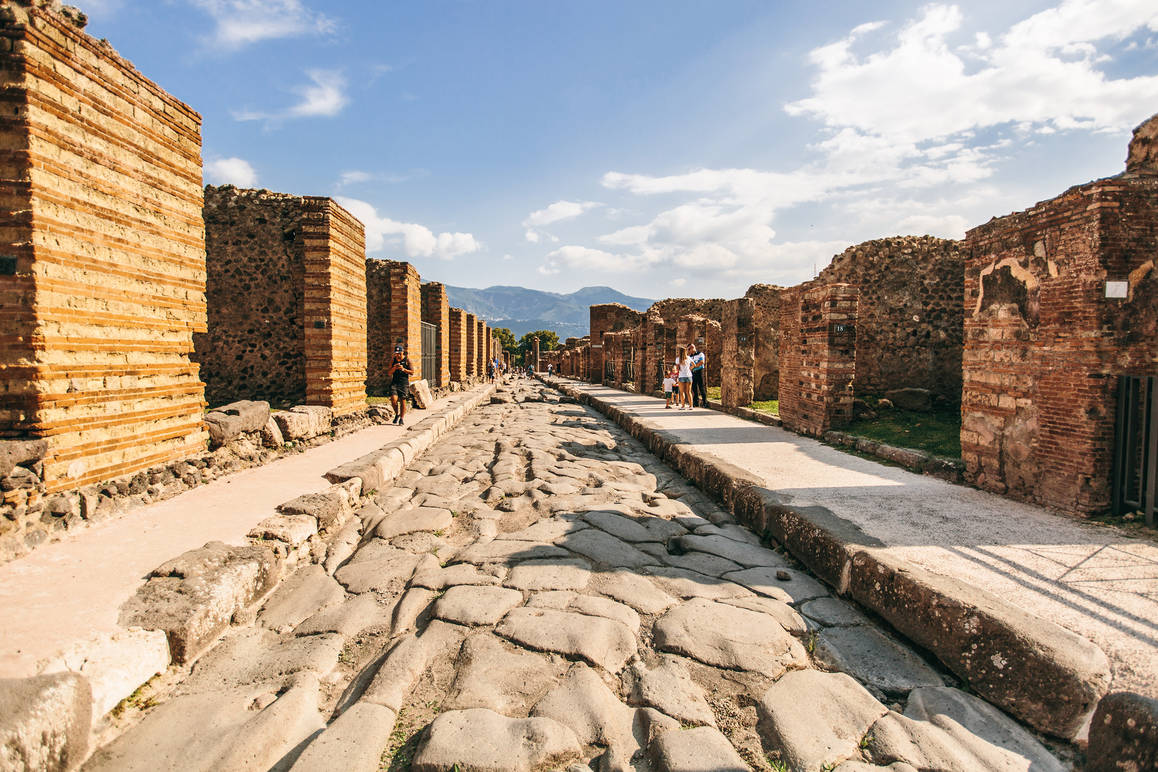Looking to The Future of Pompeii
In recent years, the archeological park of Pompeii has faced several trials which hindered its ability to maintain an adequate international status. After an earthquake in the 1980’s and the collapse of the Schola Armaturarum, many sectors of the outdoor museum, consequently were closed off to the public.
Massimo Osanna through the “Grande Progetto” did his part to get Pompeii back on its feet after these devastating events. He once again allowed for access to the areas of the archeological park that were priorly damaged.
Since he is currently almost finished with these works of restoration and reopening, the director looks to the future of Pompeii. His prevalent hope for the outdoor museum is not only to continue to extract new findings, but to strive to expand Pompeii in further dimensions.
The director plans on achieving this foremost by increasing the number of his crew. He states “at least 100 people” are essential to maintain and provide care for the streets, buildings, and monuments of Pompeii.
More importantly, the new trend of museums to reach out, interact, and educate the public in a meaningful manner is at the frontline of Osanna’s demand for the archeological park.
It is his desire that Pompeii can become a place of archeology that is inclusive to the masses. The director’s ambition is to create an environment that allows for people to be participants. One that pushes them to experience for themselves the lasting presence of antiquity today.
Massimo Osanna, further recognizes the powerful impact that a relationship with art can have in diversifying their visitors. New tactics may especially reach the youth, who live in an era that perhaps does not place much importance on Pompeii’s archeological magnificence.
“I am convinced that a museum, in this case an archeological park, must be a pillar of development for the community,” Says Osanna. A place to “rethink one’s own roots and culture.”
The archeological park is recognized as “the place which has for centuries most greatly influenced european culture, through its various diverse displays and artistic expressions.” Although Massimo Osanna recognizes that it will not be an easy task, he wishes to share Pompeii’s immense and varied beauty with the world.






































i-Italy
Facebook
Google+
This work may not be reproduced, in whole or in part, without prior written permission.
Questo lavoro non può essere riprodotto, in tutto o in parte, senza permesso scritto.